Best Flea and Tick Prevention for Dogs: Year-Round Protection
Dogs can suffer greatly from fleas and ticks. Not only do they cause itching and hair loss, but these pests can transmit serious diseases. Choosing the best flea and tick prevention for dogs helps your dog stay itch-free and protected from health risks. This guide covers causes, symptoms, home remedies, and vet-recommended options for dog flea and tick prevention.

Why Fleas and Ticks Are Harmful to Dogs
Fleas and ticks are more than just annoying—they can trigger allergies, skin infections, and even serious diseases like Lyme disease or ehrlichiosis. Their bites cause inflammation and itching, and heavy infestations can lead to severe health issues. Learning about the most effective flea and tick prevention for dogs is crucial to avoid these complications.
Signs Your Dog May Have Fleas or Ticks
Frequent scratching around the tail, neck, or belly
Red, irritated skin or patches of hair loss
Visible black specks (flea droppings) in the fur
Ticks visible near the ears, armpits, or between toes
Weight loss, lethargy, or anemia in severe cases
If you notice any of these cat skin care symptoms in your dog—or find suspected pests—taking swift action can help prevent the issue from worsening.
Common Causes of Flea and Tick Exposure
Frequent outdoor walks through grassy or wooded areas
Contact with infected pets or wildlife
Poor home hygiene—infestation can spread from carpets or cushions
Recognizing these factors is the first step toward selecting the good flea and tick prevention for dogs that fits your dog’s lifestyle.
Home Strategies to Ease Discomfort
If your dog is already infested, you can take these supportive steps:
Bath with flea-/tick-killing shampoo
Topical soothing ointments to reduce itching
Regular grooming with a flea comb, especially for long-haired breeds
These methods can't replace medical prevention, but they help reduce discomfort while waiting for proper treatment.

Everything Our Vets Recommend
Vet-Recommended Flea and Tick Prevention Methods
Veterinarians commonly recommend the following for reliable dog flea and tick prevention:
Oral medications like flurolaner or afoxolaner — potent monthly pills
Topical spot-on treatments applied on the shoulder, lasting about a month
Flea and tick collars for dogs — long-lasting coverage, some up to 6–8 months
Environmental sprays and treatments to eliminate pests indoors
Choosing the right option based on your dog’s habits and health ensures you get the recommended flea and tick prevention for dogs that really works.
Natural and Safe Home Prevention Tips
In addition to veterinary products, you can use natural methods for added protection:
Diluted apple cider vinegar spray to discourage fleas
Coconut oil applied to skin — natural insect repellent
Dropped lavender or lemongrass oil around bedding (ensure dilution and no ingestion)
These aid in preventive care but should not replace veterinary guidance when choosing the most effective flea and tick prevention for dogs.
Everything Our Vets Recommend
Daily Care & Environment Control
Good hygiene supports ongoing prevention:
Brush your dog at least twice a week
Wash bedding, toys, and blankets regularly
Keep indoor spaces dry and well ventilated
Check your dog’s coat after returning from outdoor walks
Consistent care minimizes infestation risks and supports overall skin health.

FAQs About Flea and Tick Prevention
Q1: Can I use flea and tick prevention and collar together?
Yes—many safe products can be combined to maximize protection.
Q2: Does my dog still need prevention if it stays indoors?
Absolutely. Flea eggs can hitchhike indoors on clothing or grass.
Q3: Can I prevent fleas if my dog already has them?
You’ll likely need treatment first. Some products work for both treatment and preventive care under vet advice.
Protect Your Dog with Effective Prevention
When it comes to your dog’s health, choosing the best dog flea and tick prevention is key. With a combination of vet-approved treatments, natural home care, and consistent hygiene, you can safeguard your dog from flea and tick infestations. Acting early and maintaining routine prevention ensures your dog lives a happy, healthy life free from these parasites.
You May Like:
- Avoid These: Flea and Tick Medication for Dogs That Deliver
- 2025’s Best Flea and Tick Shampoo for Dogs – New Formulas
- Best Flea Shampoo for Dogs: Fast-Acting Solutions
- 2025’s Best: Yeast Infection on Dogs Skin Solutions
User Comments
Does flea treatment kill ear mites too?
Can dogs take human probiotics?
Can dogs have people probiotics safely?
Related Articles
View all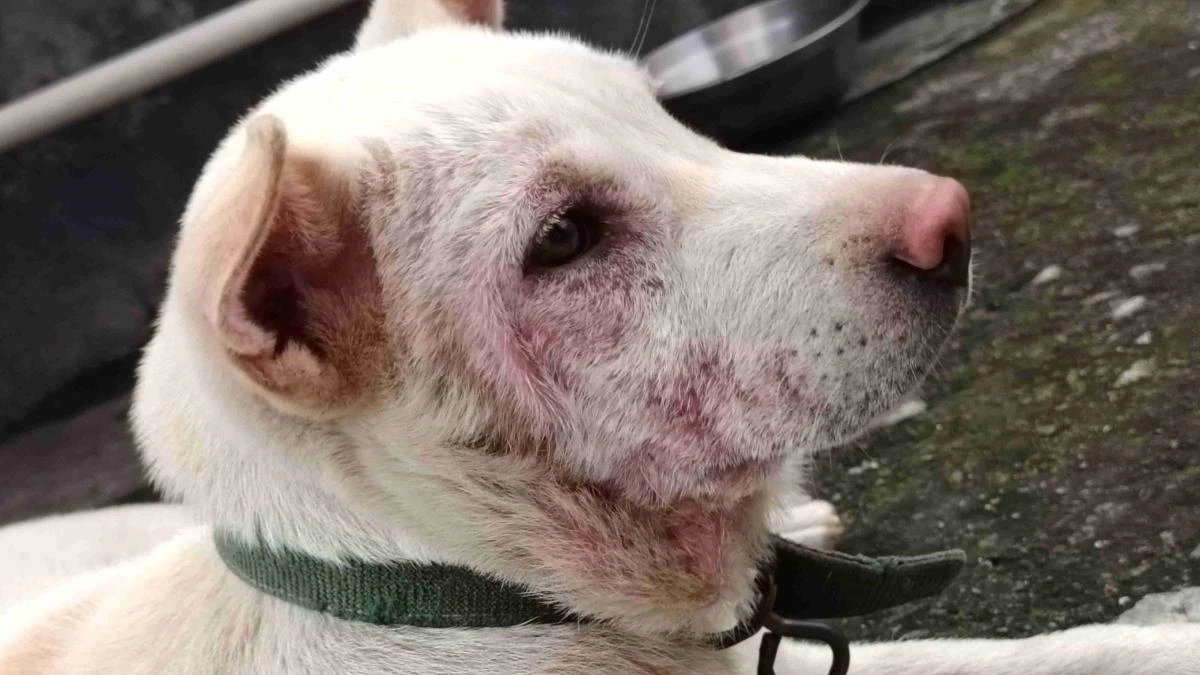
How to Get Rid of Dog Allergies Naturally: Common Mistakes

Dog Allergic Reaction Eye Swelling: Hidden Mistakes to Avoid
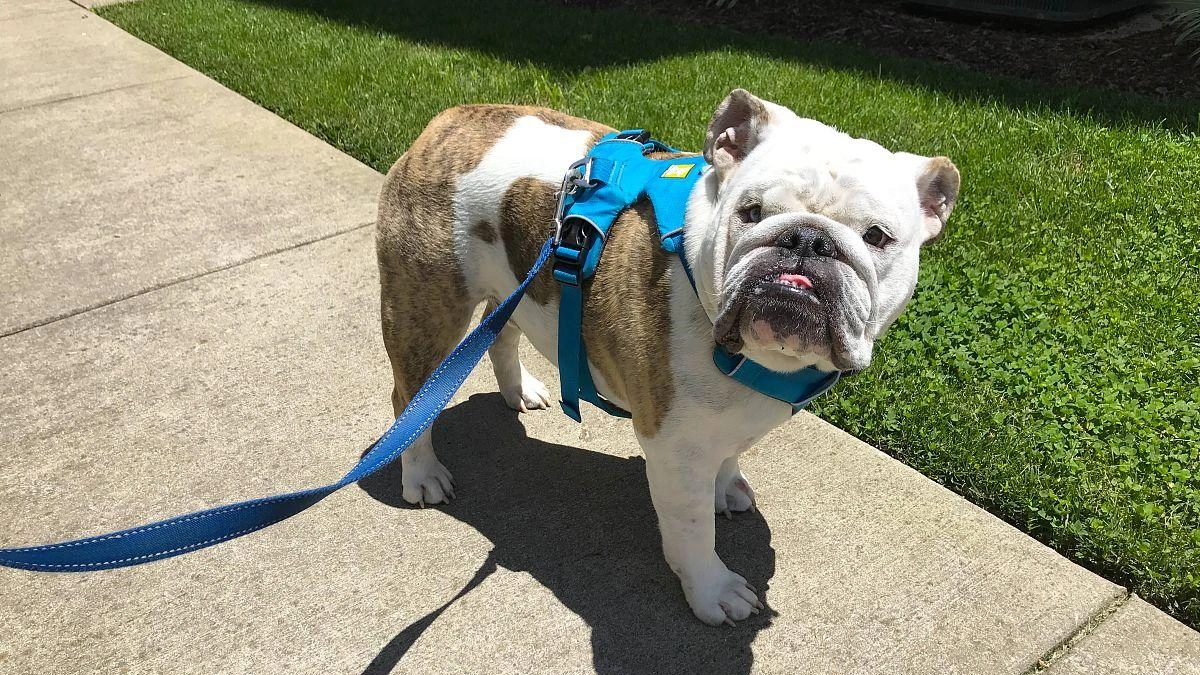
Why Do Bulldogs Scratch? Bulldog Skin Allergies Guide
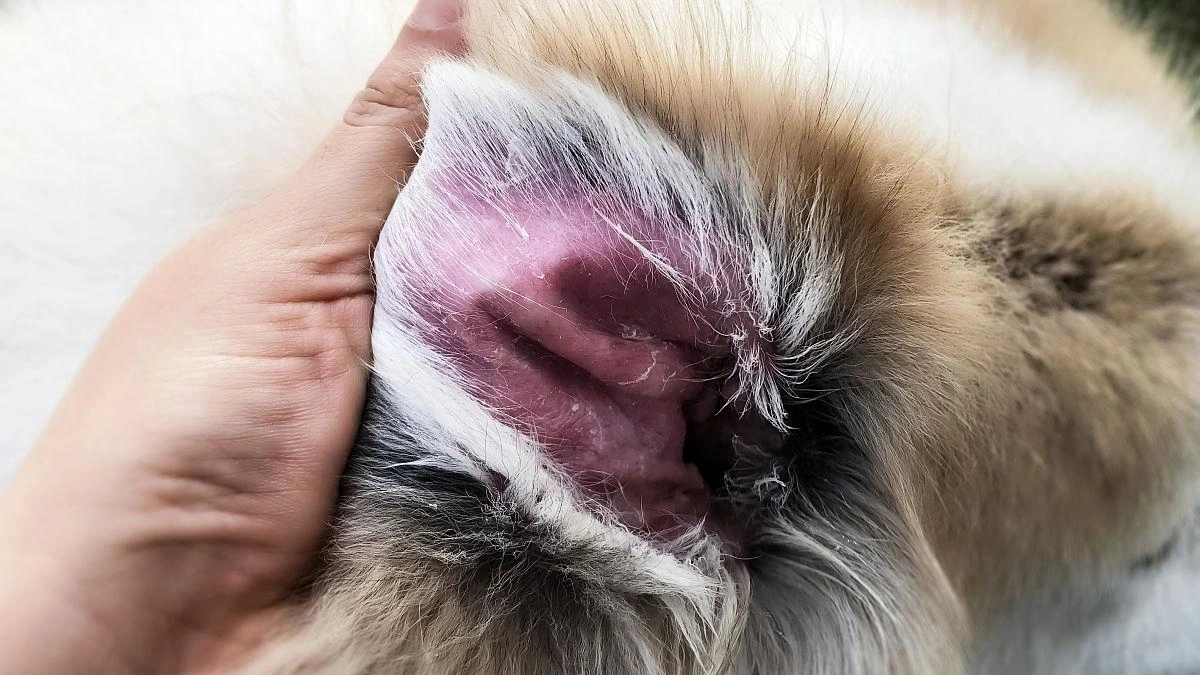
Cure for Dog Skin Allergies Owners Often Miss

How to Get Rid of Dog Allergies Naturally: Common Mistakes

Dog Allergic Reaction Eye Swelling: Hidden Mistakes to Avoid

Why Do Bulldogs Scratch? Bulldog Skin Allergies Guide

Cure for Dog Skin Allergies Owners Often Miss
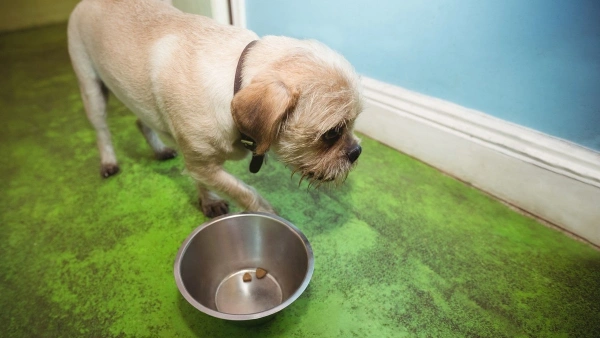
Vet-Recommended Wet Dog Food for Sensitive Stomachs — 2025 Guide
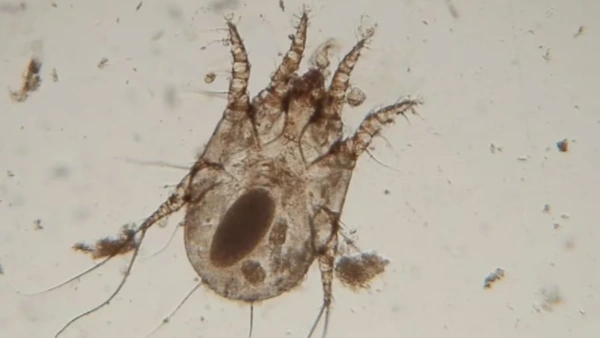
Dog Dust Mite Allergy: Symptoms, Treatment, Prevention

Can Allergies in Dogs Cause Diarrhea and Vomiting? Explained

10 Pitbull Health Problems You Should Know in 2025 — Tips


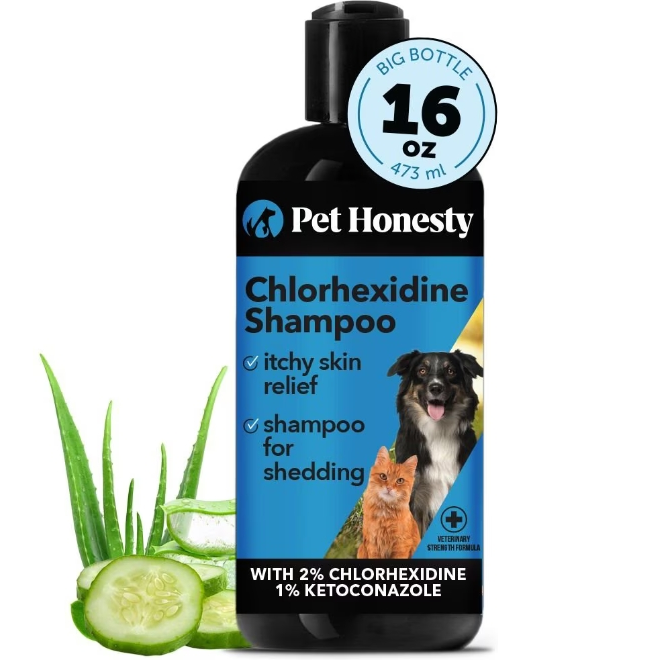
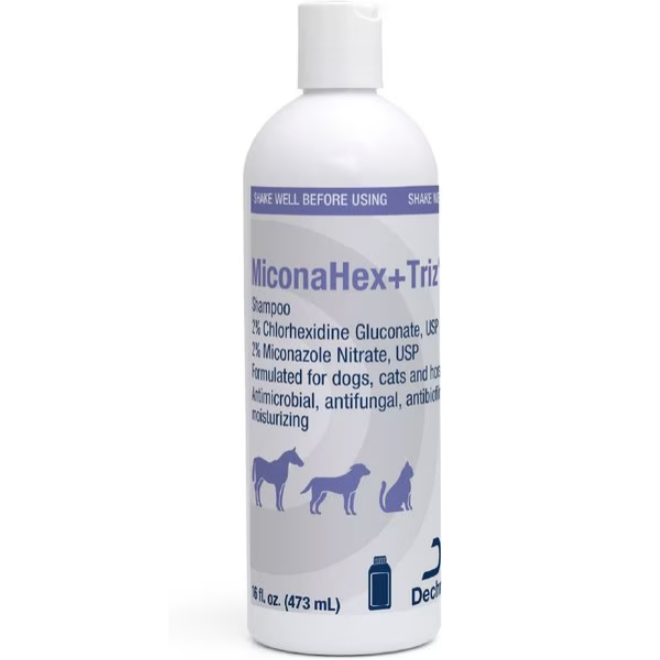
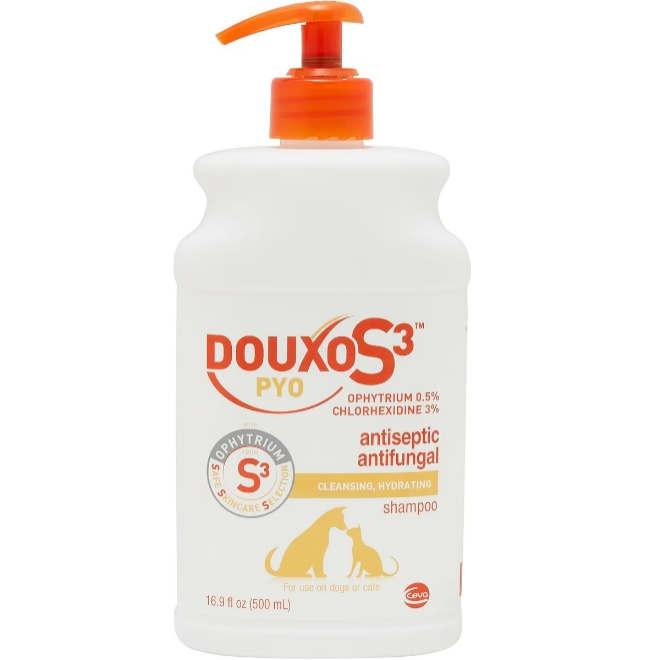
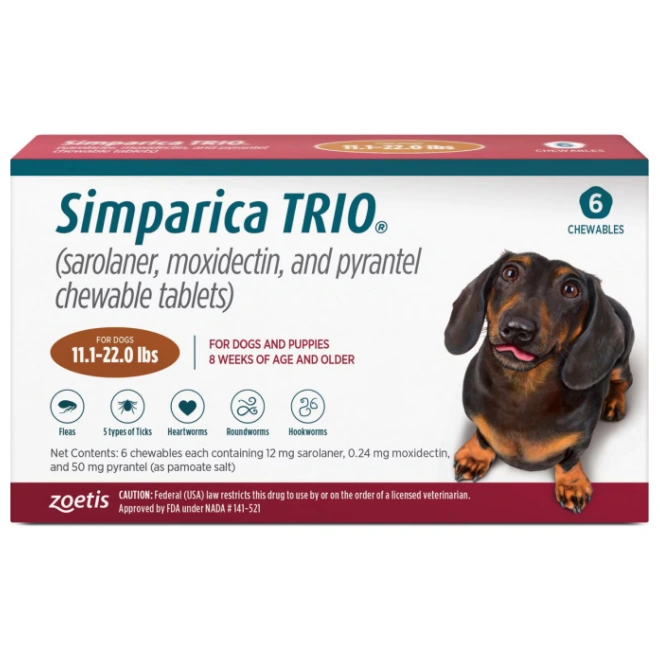
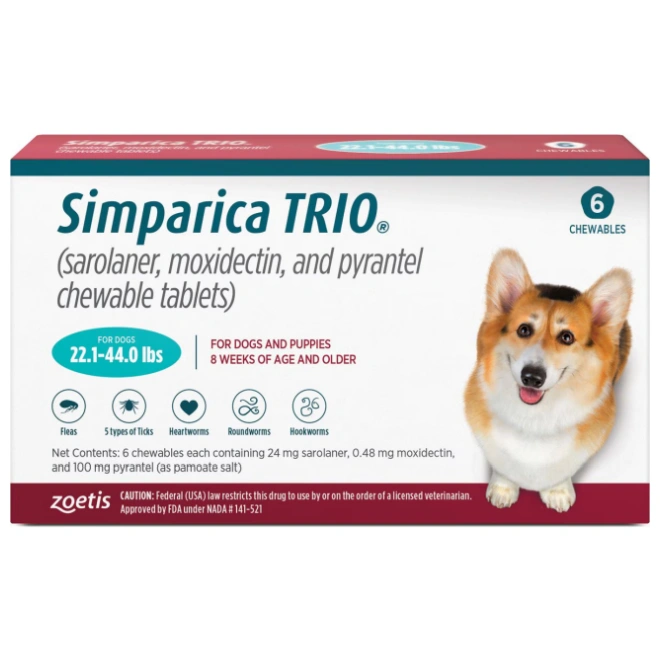
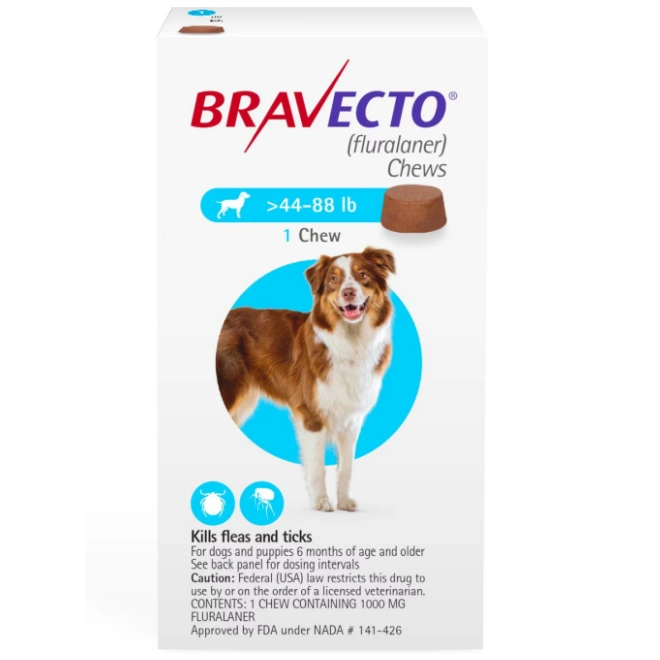
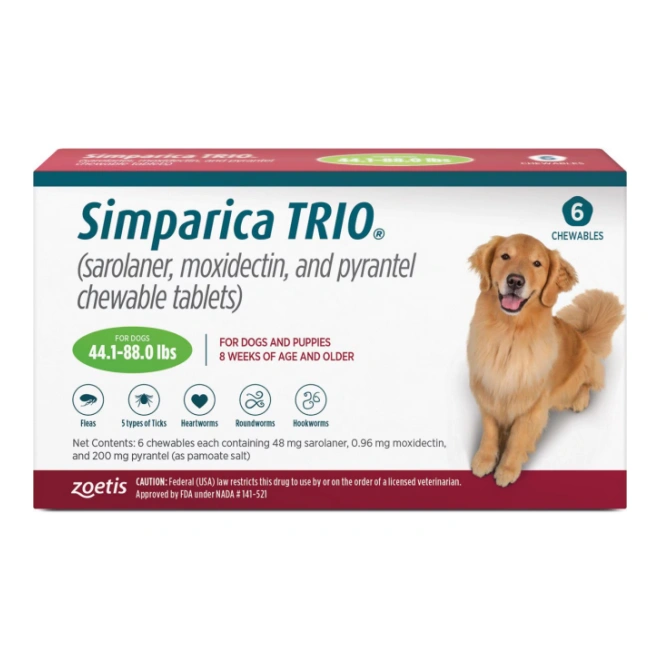








Leave a Reply